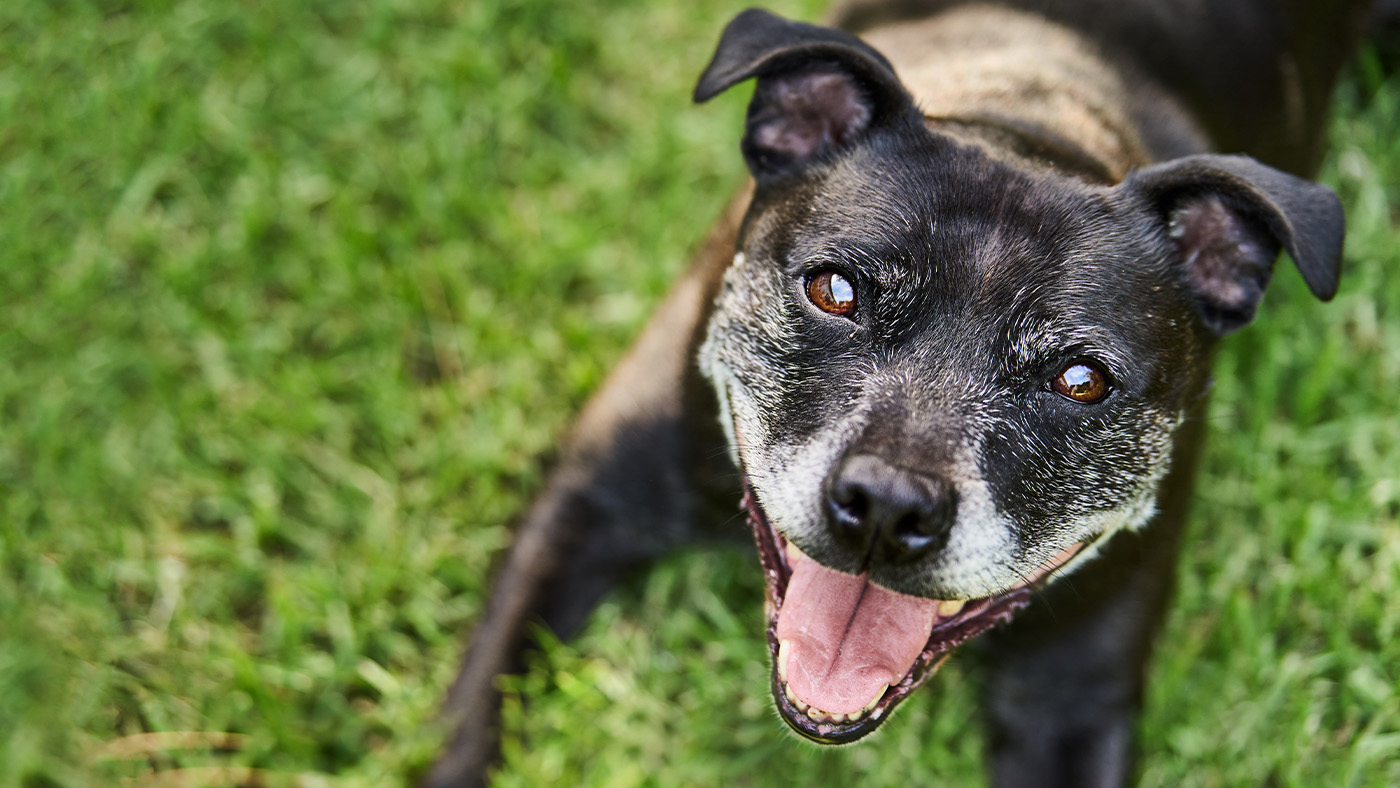Vet shares 6 signs of doggy dementia that all owners should look out for
Is it natural aging or something more serious?

It’s inevitable that dogs, like humans, will get older. It’s only natural that they’ll slow down somewhat, and might not be as physically and mentally sharp as they used to be.
While this is something we can prepare for by making sure we buy the best dog food and keeping our dogs active, some dogs develop cognitive dysfunction syndrome (CDS). This is also known as ‘doggy dementia’ due to its similarities to dementia in humans.
Signs of dementia in dogs
Dr Charlotte Rice, in-house vet at pet supplement brand YuMOVE, has shared some of the key signs to look out for. It might not be nice to think about, but it’s important to be aware so you can help and advocate for your dog.
1. Seems lost or confused in familiar settings
If your dog appears disoriented in settings that should be familiar, it could be a sign of dementia rather than just normal aging in dogs – the changes in memory and perception it causes could mean that your dog becomes more confused.
“Confusion can be stressful for these pets, so it’s important to offer reassurance and help them feel safe when they seem unsettled,” adds Dr. Rice.
2. Becomes more snappy
If your dog seems to behave differently, perhaps being more snappy or agitated, it might be down to dog dementia. Alternatively, your dog might be less interested in things.
“You can help by watching your dog’s body language during interactions, so you can support them during situations they might struggle in,” says Dr. Rice.
Get the best advice, tips and top tech for your beloved Pets
3. Appears more anxious
“If your normally cuddly dog starts avoiding hugs or is pacing around nervously, they might be feeling anxious,” explains Dr Rice.
“Dogs with 'dementia' can be more sensitive to different sights and sounds, which can make them feel stressed. Creating a calm, soothing environment at home will help them relax. For some dogs, keeping up a usual routine can help them feel more safe.”
4. Seems to have memory loss
Is your dog struggling to remember learned behaviors, like familiar tricks or routines? This could be a sign of CDS. Going to the bathroom on the floor is quite common in dogs who have the condition, because they forget that they shouldn’t. If your dog is doing so, it’s best to speak to your vet.
5. Sleeps more often
If your dog starts sleeping more or has changes in their sleep pattern, they could have CDS.
“They may sleep during the day but pace restlessly or sometimes even vocalize at night, disrupting their usual cycle,” adds Dr. Rice.
6. Seems to have changes in their activity patterns
“Dogs with CDS will often behave differently in general,” explains Dr Rice. “They may be more prone to pacing or wandering, rather than resting. Some dogs may stand and stare, seemingly aimlessly. They sometimes will be less interested in activities they used to enjoy, such as playing with toys or the general environment.”
Sadly, there’s no cure for CDS or doggy dementia. However, you can work with your vet to maximize your dog’s quality of life for as long as possible and keep them happy and healthy. Above all, if you have any concerns, it’s best to speak to your vet as soon as possible.
Read next: Tips for taking care of senior dogs

Adam is a freelance journalist specialising in pets, music and culture, and mental health and wellbeing. He investigates and writes the large majority of news on PetsRadar, and collaborates with veterinary experts to produce informative pet care content.
Adam has a journalism degree from Southampton Solent University and a masters degree in Magazine Journalism from Cardiff University. He was previously senior editor at dog advice website DogTime.com, and has also written for The Independent, GoodToKnow and Healthline.
He owns two rescue cats, Bunny and Dougie, and has also previously had a rabbit, fish and Roborovski dwarf hamsters.
